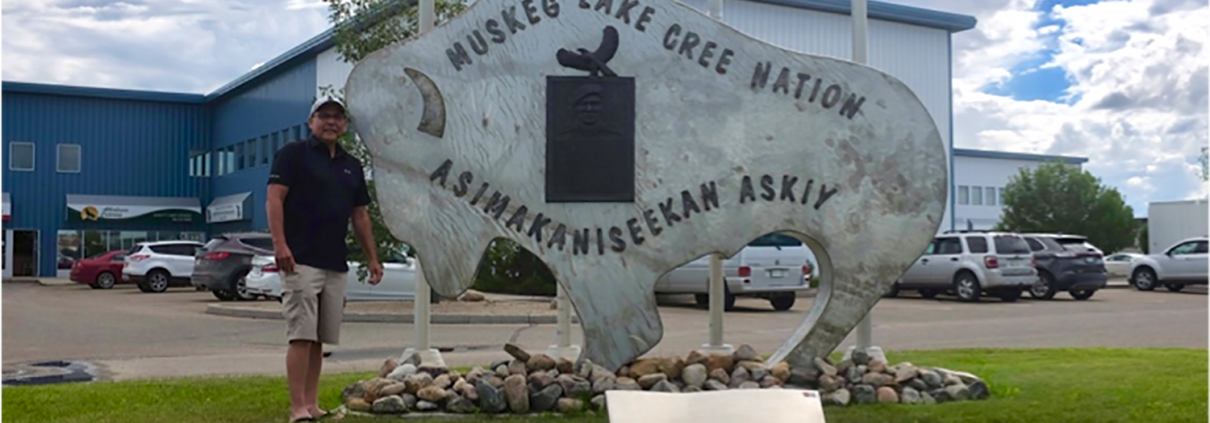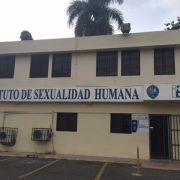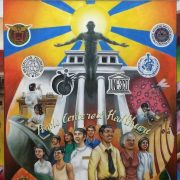New Urban Reserves in the Canadian Prairies
By Daniel Iwama, Urban Planning PhD candidate
As researchers trying to understand causes of social injustice, seldom do we take repossession as a subject of inquiry. In the past few months, however, I’ve been researching the formation of new First Nations reserves in Canadian cities, and thinking a lot about how land can be given back.
Since 1987, Additions to Reserves Policy (ATR) has provided a pathway to Canadian First Nations to increase their land bases, in a slow fulfilment of treaties formed with Canada in the late 19th and early 20th centuries. The federally managed process governs all circumstances that lead to the designation of new reserve land across the country. In prairie provinces like Saskatchewan, the ancestral territory of Treaty 6 First Nations and Homeland of the Métis Nation, many of these new lands are emerging within municipalities. In response to an increasingly complex jurisdictional landscape, I’m investigating how local government is adapting (or not) to a growing indigenous presence in the city.

Gas stations have become a common land-use for urban reserves in Saskatoon.
With UCLA Global Public Affairs, I’ve been able to afford travel to the Canadian Prairies to see firsthand what is actually happening with new urban reserves in Saskatchewan.
In addition to a general analysis of ATR policy, one aspect of my research has looked at the development of service agreements between municipalities and First Nations governments. These documents outline costs that First Nations might pay in exchange for the delivery of essential services (i.e., fire protection, policing, water, etc.) to new reserve lands. However, municipal service agreements have emerged as a possible mechanism for cities to recoup tax losses on federally designated reserves they have no authority to tax.
In this context, I’m asking questions such as: How are municipalities deploying colonial logics of property and jurisdiction beneath discourses of equality and “good neighborly” conduct? How are North American cities in general, historically configured as spaces of settler production and indigenous exclusion, becoming increasingly indigenous through policies like ATR? How are freedom, nation-building and self-governance capacities of First Nations being impacted by Canada’s preferred model of land restitution?
I’ve been able to meet with representatives of First Nations communities, First Nations-owned development corporations, Canadian government officials and academics researching and writing in related fields. These interactions have invariably led to more questions, but they have also given me the opportunity to develop relationships and hone my inquiry as I head toward dissertation research. I’d like to thank UCLA Luskin GPA for the opportunity to do this work in a meaningful way, and to bring some of what I’m learning out here to the broader planning community.









